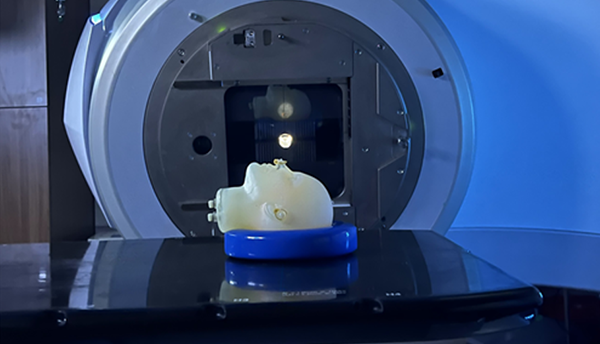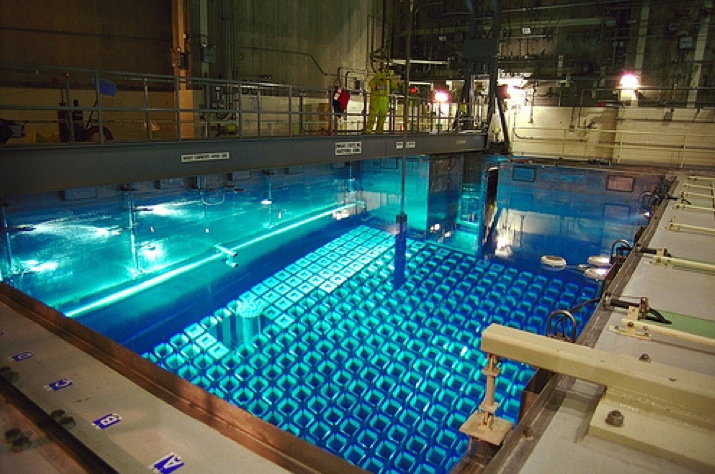How is Cold War–era radiation shaping the nuclear conversation today?

The Manhattan Project may have begun more than 80 years ago, but it’s still in the news—and not just because of Oppenheimer’s recent haul at the Academy Awards. On March 7, the Senate passed S. 3853, the Radiation Exposure Compensation Reauthorization Act, by a vote of 69 to 30, sending the bill to the House. It’s Sen. Josh Hawley's (R., Mo.) second attempt to reauthorize the Radiation Exposure Compensation Act (RECA)—which was first enacted in 1990 to address the legacy of U.S. nuclear weapons production—before it expires in June. The bill would extend the deadline to claim compensation by five years and expand it from the dozen states now covered to include individuals exposed to radiation in certain regions of Missouri, Alaska, Kentucky, and Tennessee.






